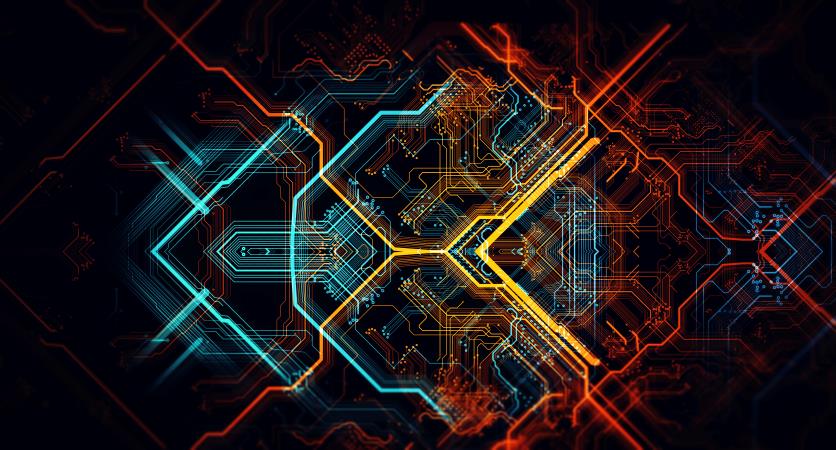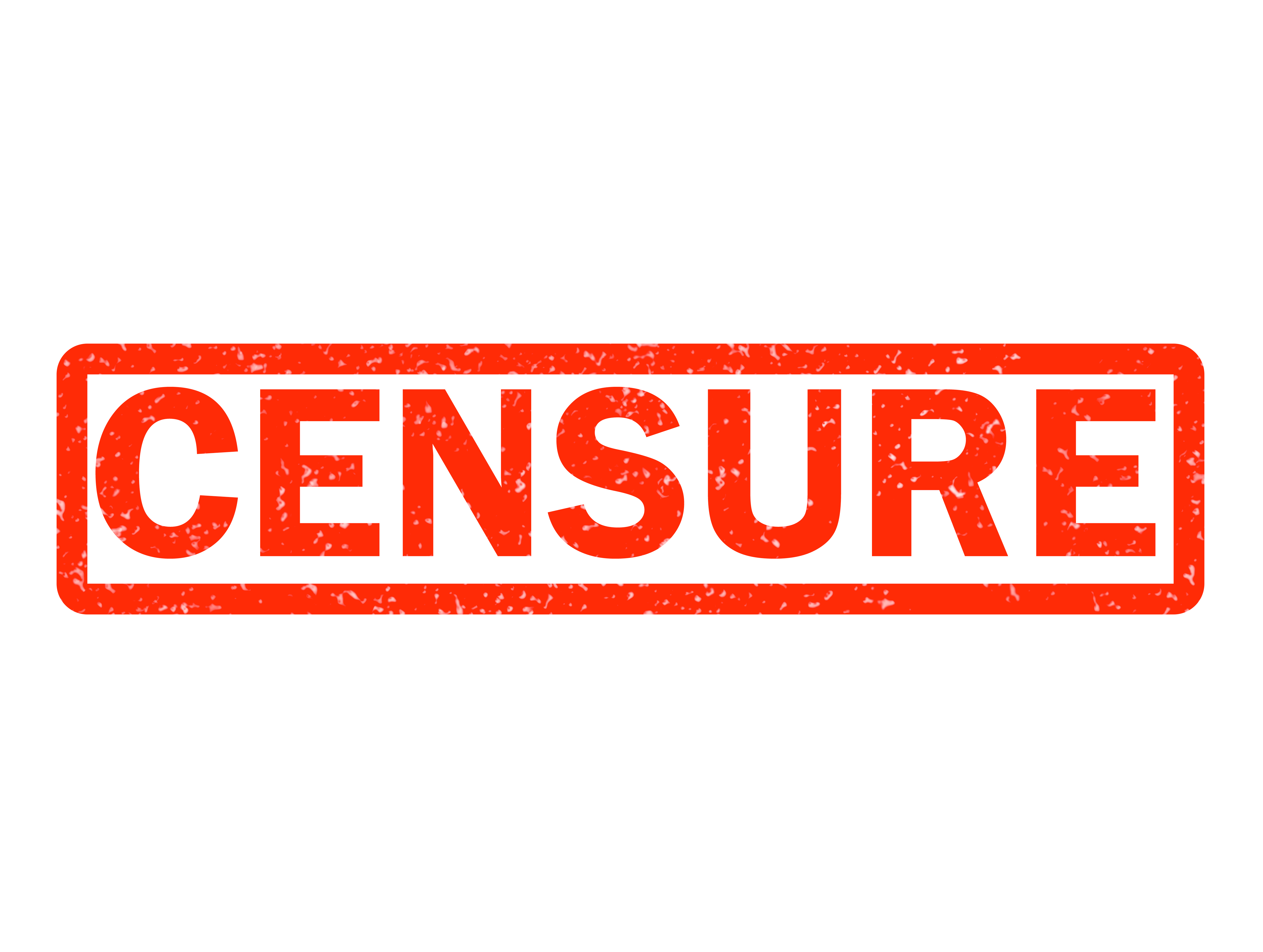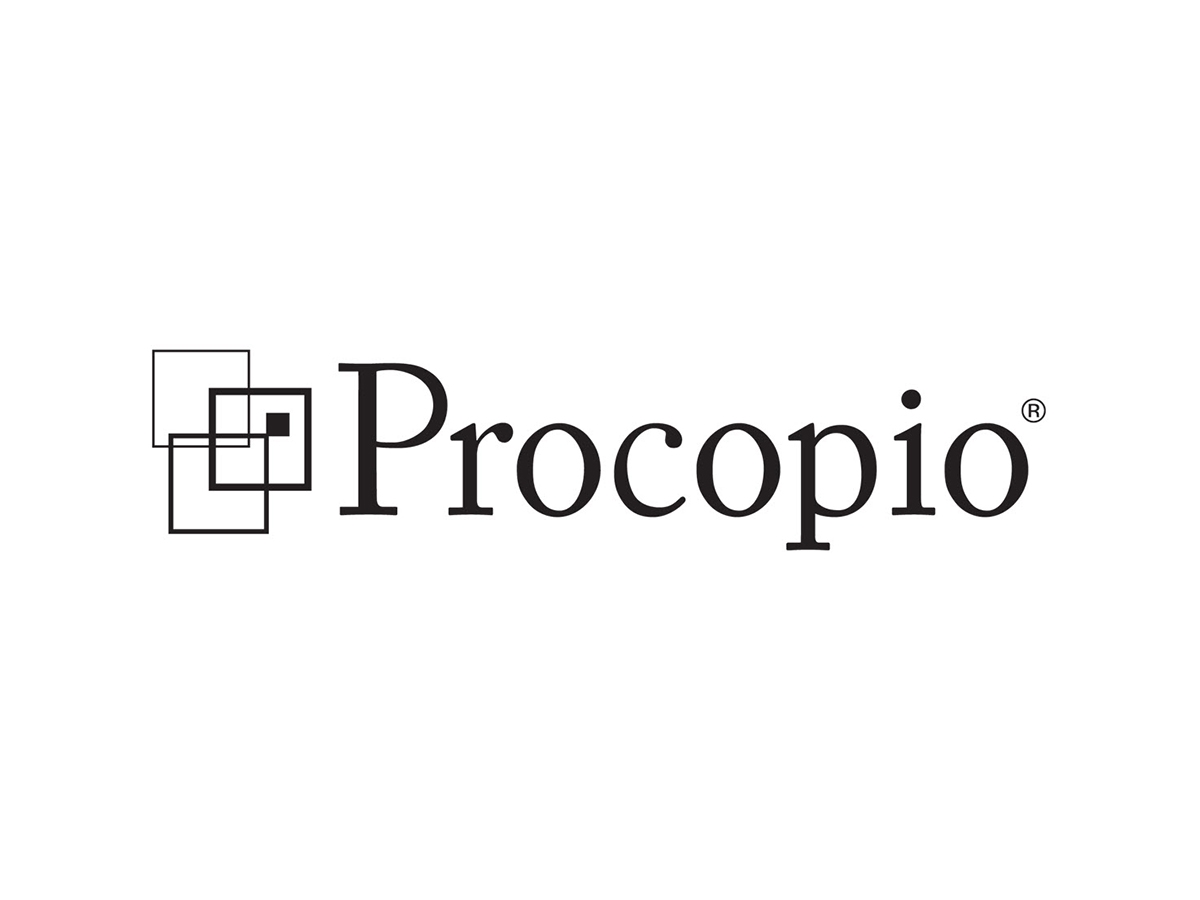NIL: Never-ending Intercollegiate Litigation | Buchalter
Introduction
Whether you are a passionate supporter of college athletics or a casual sports fan, nearly everyone has heard the three letters, NIL. NIL (or name, image, and likeness) has quickly become part of the national sports lexicon ever since the United States Supreme Court opened the door for student athletes to receive monetary compensation under National Collegiate Athletic Association v. Alston in 2021.
Yet, it is likely an understatement to say that the Supreme Court “opened the door” to NIL, so much as they “broke the dam”. Since Alston, universities, student-athletes, collectives, and even organizations such as the NCAA have all been left to figure out how to navigate these new, and often treacherous, waters. With little to no standardization or guidance, NIL has quickly become a hot-button issue in both the sports and legal communities as everyone attempts to figure out how best to handle this new and unforgiving landscape.
Until recently, the consternation with NIL primarily related to alleged inequities between educational institutions. The easiest, and most obvious, example is the common accusations that financial inequities between institutions resulted in some universities “buying” their student-athletes. But deeper and more legitimate concerns arose too, such as how lenient (or non-existent) State regulations on NIL could afford some institutions a competitive advantage in recruiting efforts for student-athletes. While potentially concerning, these issues rarely amounted to more than talking points devoid of any tangible consequence.
However, within the past few months, the tone around NIL has shifted to become significantly more dire and consequential. No longer confined to mere accusations or fan rhetoric, numerous legal actions of significant consequence have emerged which, depending on one’s viewpoint, either threaten or promise to change the current landscape of NIL.
Ongoing Litigation in the NIL Space
Arguably, the first indicia of this new era of NIL-related litigation arose in November 2023 when a judge in the Northern District of California certified three classes consisting of roughly 184,000 current and former student-athletes in a class-action lawsuit against the NCAA. While the lawsuit styled In re: College Athlete NIL Litigation had technically originated shortly after Alston was decided in 2021, it was not until November 2023 that the significance and extent of the NIL Litigation case became apparent. As a result of this class certification, the NCAA is potentially exposed to over $1 billion in claims relating to current NIL-related restrictions, as well as monetary damages relating to the past deprivation of NIL-related opportunities. While many other NIL-related lawsuits have been filed around the country, the NIL Litigation is certainly the most notable both in terms of scope, as well as the NCAA’s potential liability.
Then, in December 2023, thirty-two student-athletes filed a lawsuit against the University of Oregon in United States District Court in Eugene, Oregon in the lawsuit styled Schroeder, et al. v. University of Oregon. In Schroeder, the student-athlete Plaintiffs alleged that the University of Oregon violated Title XI of the Education Amendments of 1972 (“Title XI”) by, among many other things, providing male student athletes with significantly more NIL-related training, opportunities, and income than female student athletes. The Complaint emphasizes that the result of this alleged disparate treatment resulted in three male student athletes being among the 8th, 28th, and 76th highest NIL recipients in the country, while not a single female student athlete received remotely similar compensation. Schroeder is a landmark case in that it represents the first major intersection between NIL regulation and a university’s obligation to comply with Title XI.
More recently, the NCAA found itself engaged in a heated battle concerning its investigation into the University of Tennessee. The NCAA’s investigation primarily relates to the conduct of Spyre Sports Group, an NIL collective closely affiliated with the University of Tennessee, in the recruitment of a student-athlete in 2023.
But while the investigation itself is not necessarily novel, the fallout certainly caught the sports world’s attention. As a result of the investigation, Attorney Generals from the States of Tennessee and Virginia have filed a lawsuit against the NCAA in the Eastern District Court of Tennessee seeking a temporary restraining order on the NCAA’s regulations concerning collective involvement in recruiting. In State of Tennessee, et al. v. National Collegiate Athletic Association, the Plaintiff States allege that the NCAA’s NIL guidelines and restrictions on student-athlete compensation violate United States antitrust laws. Moreover, University of Tennessee chancellor Donde Plowman issued a harsh response to the NCAA claiming that “two and a half years of vague and contradictory NCAA memos, emails and ‘guidance’ about name, image, and likeness has created extraordinary chaos that student-athletes and institutions are struggling to navigate.”
Current Obstacles and Future Considerations
Indeed, this sentiment is common amongst institutions and universities alike. In speaking with one anonymous athletic director, they stated that “the guidance the NCAA has provided leaves more questions than answers and is left for interpretation on the various campuses in which these ‘guidelines’ are expected to be enforced.” That same source stated that athletic departments, in particular, must exercise caution and establish an NIL culture centered on compliance with not only NIL-related guidelines, but also the intersection with existing Federal and State laws.
However, this sentiment may all be for naught. Between the State of Tennessee case, as well as the National Labor Relations Board’s recent decision in granting employee status to the University of Dartmouth Men’s Basketball Team, it is entirely unknown how much longer NCAA regulations will apply to institutions, collectives, and student-athletes. As will be covered in a separate article, these recent decisions may fundamentally alter the landscape of college athletics and lead to new regulatory challenges for organizations and individual athletes.
It is apparent that now, more than ever, ensuring an organizational culture of compliance and regulation are paramount concerns before the floodgates of NIL are truly opened. As evidenced by the myriad of litigation which has arisen in recent years, the failure to establish such a culture could lead to significant legal and financial repercussions for those involved in the NIL space. By deliberately focusing on compliance, organizations and individuals alike can stay ahead of the curve and navigate the ever-shifting rapids of this new NIL space.






